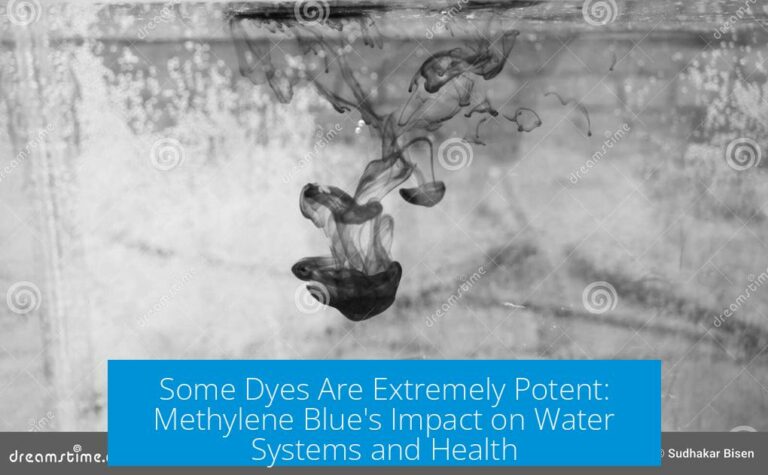Why Does Two Hydrogen Plus Two Oxygen Form Water as H2O and Not Keep Oxygen as Two?
The chemical formula for water is H2O because oxygen naturally exists as O2 molecules, and when two hydrogen molecules (2H2) react with one oxygen molecule (O2), they form two water molecules (2H2O). This balanced equation shows oxygen atoms paired in O2, not separate single oxygen atoms.
Oxygen and Hydrogen Exist as Molecules, Not Atoms
Under normal conditions, oxygen and hydrogen do not exist as single atoms. Instead, oxygen forms diatomic molecules (O2), and hydrogen also forms diatomic molecules (H2). This means that when textbooks show “2 oxygen,” they refer to one O2 molecule containing two oxygen atoms bonded together.
Balancing the Water Formation Reaction
The formation of water from hydrogen and oxygen gases involves balancing the chemical equation to ensure atom counts match on both sides:
| Reactants | Products | Atom Count |
|---|---|---|
| 2 H2 + 1 O2 | 2 H2O | Hydrogen: 4 atoms on both sides Oxygen: 2 atoms on both sides |
This equation means two hydrogen molecules, each with two hydrogen atoms, react with one oxygen molecule, which contains two oxygen atoms, to produce two water molecules. Each water molecule contains one oxygen atom bonded to two hydrogen atoms.
Understanding Coefficients in Chemical Equations
Coefficients like “2” before H2O indicate multiple molecules. They balance the reactants and products so atom counts stay equal. The “1” before O2 implies a single oxygen molecule with two atoms. The oxygen isn’t lost or split into single atoms; it’s redistributed into water molecules.
Confusion Due to Unbalanced or Fractional Equations
Some textbooks present unbalanced equations or use fractional coefficients such as 1/2 O2 to simplify notation. This can confuse learners by making oxygen’s state unclear. Balanced equations avoid this and reflect that oxygen naturally exists as O2.
Key Takeaways
- Oxygen and hydrogen exist naturally as O2 and H2 molecules, not single atoms.
- The balanced reaction: 2 H2 + 1 O2 → 2 H2O, conserves atoms on both sides.
- The coefficient “2” before water molecules indicates two separate molecules formed.
- Oxygen atoms are paired in O2 molecules, explaining why oxygen does not stay single.
- Balanced equations prevent confusion about atomic counts and chemical formulas.
Why is the formula for water H₂O if oxygen exists as O₂?
Oxygen naturally forms O₂ molecules, not single atoms. In water, each molecule contains one oxygen atom paired with two hydrogen atoms, so the formula is H₂O, not O₂.
If there are two oxygens (O₂), why don’t we write water as H₂O₂?
H₂O₂ is hydrogen peroxide, a different compound. In water formation, one O₂ molecule splits and combines with hydrogen molecules to form two separate H₂O molecules.
How does the chemical equation 2H₂ + O₂ → 2H₂O reflect actual atom counts?
This balanced equation shows two hydrogen molecules react with one oxygen molecule. It produces two water molecules while keeping the number of hydrogen and oxygen atoms equal on both sides.
Why do textbooks sometimes show confusing oxygen counts in water formulas?
Some textbooks display unbalanced or simplified equations. These can mislead readers about oxygen atoms, as they might not show correct coefficients or molecule forms like O₂ for oxygen.
What does the coefficient “2” in front of H₂O mean?
It means two water molecules. This ensures the number of oxygen and hydrogen atoms is equal on both sides of the chemical equation, accurately representing the reaction.




Leave a Comment